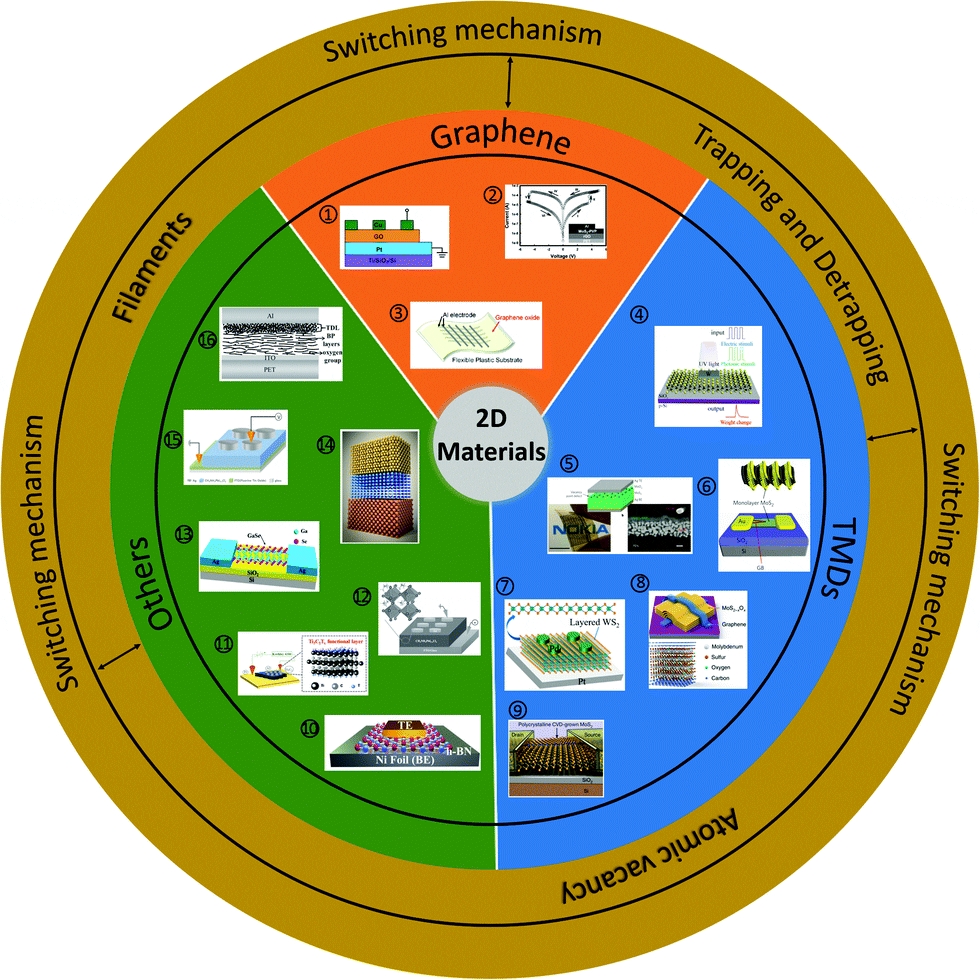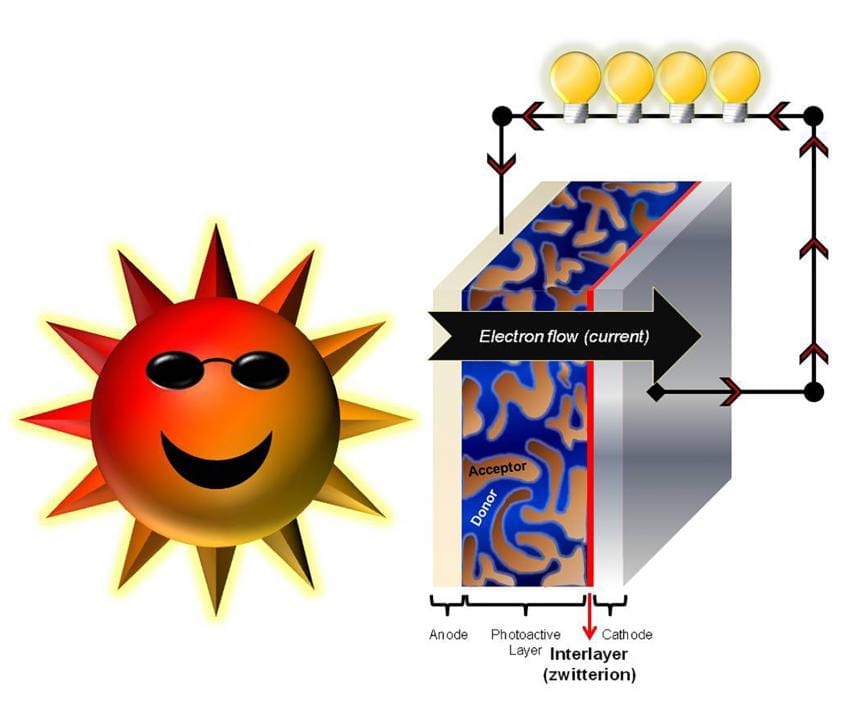
Zigzag picene is more intact than straight pentacene on silver.
The emerging field of molecular electronics could take our definition of portable to the next level, enabling the construction of tiny circuits from molecular components. In these highly efficient devices, individual molecules would take on the roles currently played by comparatively-bulky wires, resistors and transistors.
A team of researchers from five Japanese and Taiwanese universities has identified a potential candidate for use in small-scale electronics: a molecule called picene. In a paper published September 16 in The Journal of Chemical Physics, from AIP Publishing, they characterize the structural and electronic properties of a thin layer of picene on a silver surface, demonstrating the molecule’s potential for electronic applications.
Picene’s sister molecule, pentacene, has been widely studied because of its high carrier mobility—its ability to quickly transmit electrons, a critical property for nanoscale electronics. But pentacene, made of five benzene molecules joined in a line, breaks down under normal environmental conditions.
Enter picene, in which these same five benzene rings are instead bonded together in a W shape. This simple structural change alters some of the molecule’s other properties: Picene retains pentacene’s high carrier mobility, but is more chemically stable and therefore better suited to practical applications.
The Latest on: Molecular electronics
[google_news title=”” keyword=”Molecular electronics” num_posts=”10″ blurb_length=”0″ show_thumb=”left”]
via Google News
The Latest on: Molecular electronics
- 20-Year-Old Molecular Prediction Comes True – Chemists Have Finally Succeeded in Synthesizing an Unusual and Elusive Moleculeon May 15, 2024 at 2:36 pm
The first and the best-known metallocene is 'ferrocene', which contains a single iron atom. Sandwich complexes are now standard topics in inorganic chemistry textbooks, and the bonding and electronic ...
- One Cerebras Wafer Beats An Exascale Super At Molecular Dynamicson May 15, 2024 at 7:52 am
We think that waferscale computing is an interesting and even an inevitable concept for certain kinds of compute and memory. But inevitably, the work you ...
- No ‘electron dancing’ allowed in new molecular design ruleson May 13, 2024 at 12:58 pm
For over a century, scientists have been aware of the coupling between electrons and atomic motion in in molecules and molecular design, a phenomenon discovered alongside quantum mechanics.
- Strictly no dancing: Researchers discover 'new molecular design rules'on May 8, 2024 at 8:51 am
Since the discovery of quantum mechanics more than a hundred years ago, it has been known that electrons in molecules can be coupled to the motion of the atoms that make up the molecules. Often ...
- Molecular Assemblies Launches Partner Program for Onsite Synthesis of Long, Pure, Accurate DNAon May 7, 2024 at 5:00 am
Molecular Assemblies, Inc., ("MAI" or the "Company") a pioneer and leader in the field of enzymatic DNA synthesis, today announced the launch of its Partnering Program to license Molecular Assemblies' ...
- Attosecond core-level spectroscopy reveals real-time molecular dynamicson May 6, 2024 at 8:44 am
Chemical reactions are complex mechanisms. Many different dynamic processes are involved, affecting both the electrons and the nucleus of the present atoms. Very often, the strongly coupled electron ...
- Molecular electronics: what will future gadgets be like?on April 26, 2024 at 8:58 am
In the broader field of electronics, it could bring us closer to the creation of so-called molecular electronics. It will potentially be possible to use light attosecond pulses to turn electrons into ...
- More efficient molecular motor widens potential applicationson April 26, 2024 at 2:02 am
Using advanced laser spectroscopy and quantum chemical calculations the electronic decay pathways were mapped, providing detailed insight in the working of the molecular motor. Furthermore ...
- Research combines DNA origami and photolithography to move one step closer to molecular computerson April 24, 2024 at 9:08 am
There is a limit to the miniaturization of current silicon-based computer chips. Molecular electronics, using single-molecule-sized switches and memories, could provide a revolution in the size ...
- Evolving From Discrete Molecular Data Integrations to Actionable Molecular Insights Within the Electronic Health Recordon April 10, 2024 at 5:00 pm
EHR, electronic health record. Molecular technology companies must work collaboratively with EHR systems, guideline generating organizations, clinicians, regulatory bodies, and patient advocates to ...
via Bing News











